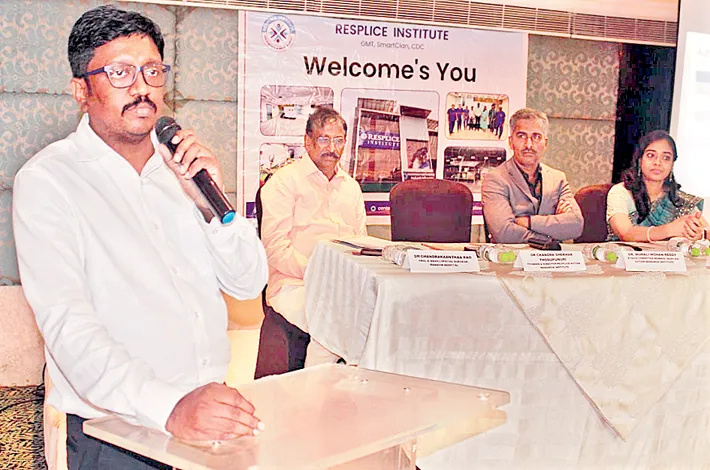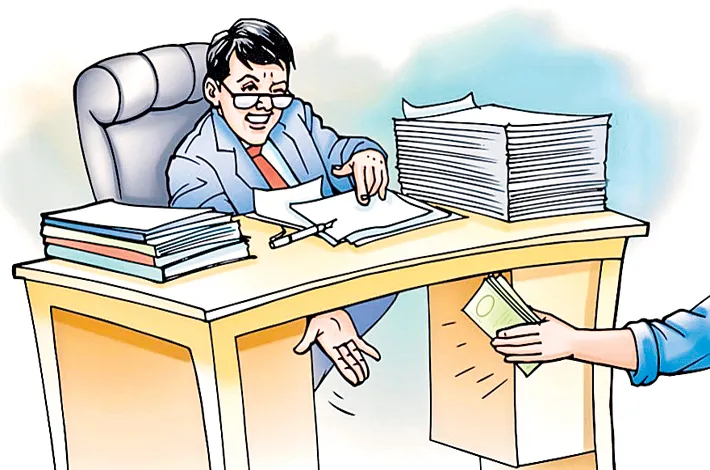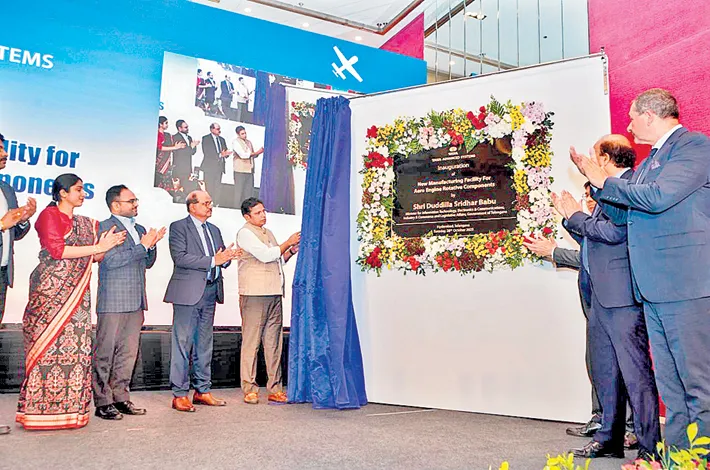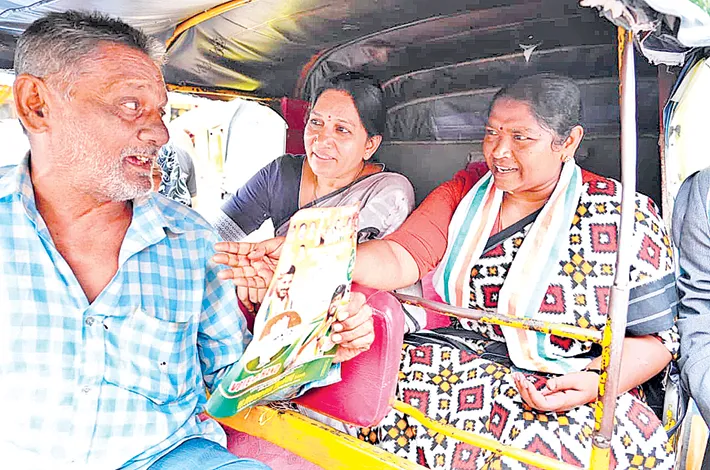Jurist par excellence
29-10-2025 12:00:00 AM
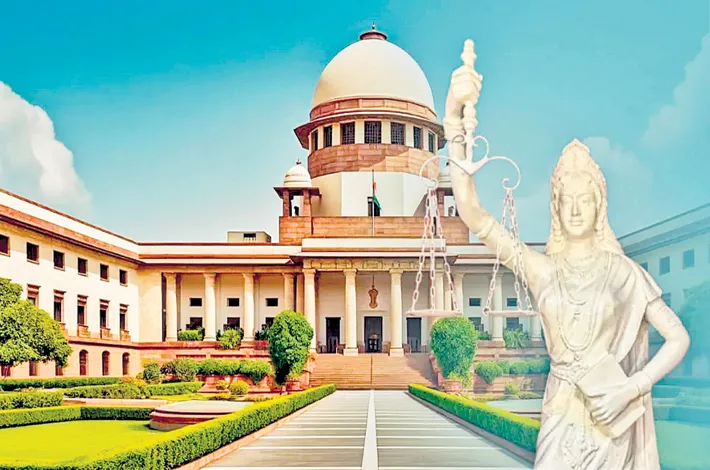
Justice S Muralidhar strode like a colossus
As a former judge of the Delhi High Court and later the Chief Justice of the Orissa High Court, he is best known for his role in landmark rulings that advanced human rights and accountability. Justice S. Muralidhar strode like a colossus in the judicial firmament. He played a major role and his contribtions to cases like the decriminalization of homosexuality under Section 377 and his scathing critique of the Delhi Police’s inaction during the 2020 communal riots in Northeast Delhi would be remembered for a long time.
These rulings cemented his reputation as a jurist unafraid to confront systemic failures, prioritizing constitutional values over political pressures. Justice Muralidhar’s approach reflects a deep commitment to the rule of law, a theme that permeates the interview. His reflections are not merely nostalgic but analytical, offering a window into the judiciary’s role as a counterbalance to executive and societal excesses. By framing his views within the broader arc of the Supreme Court’s 75-year history, a stage is set for a nuanced discussion of landmark cases and their enduring impact.
The Ayodhya verdict: Balancing law and faith
In a recent interview to a TV channel, on the Supreme Court’s 2019 verdict on the Ram Janmabhoomi-Babri Masjid dispute, a case that epitomized India’s complex interplay of religion, history, and law. The Ayodhya dispute, rooted in competing Hindu and Muslim claims over a sacred site in Uttar Pradesh, culminated in the court’s decision to allocate the land for a Hindu temple while providing an alternative plot for a mosque. Justice Muralidhar dissects the judgment’s legal reasoning, acknowledging its attempt to balance competing claims but questioning its implications for India’s secular fabric.
The verdict, delivered by a five-judge bench, relied on historical and archaeological evidence, including findings from the Archaeological Survey of India, to affirm the site’s significance to Hindus. However, Justice Muralidhar highlights the challenge of reconciling such evidence with constitutional principles of equality and secularism. He notes that the judgment’s emphasis on “faith and belief” as a basis for allocating the disputed land raised questions about the judiciary’s role in resolving deeply divisive issues. While the decision aimed to foster social harmony, it sparked debates about whether it prioritized one community’s sentiments over another’s legal rights.
Justice Muralidhar’s critique is measured yet incisive, reflecting on the judiciary’s delicate task of navigating India’s pluralistic society. He underscores the need for transparency in judicial reasoning, particularly in cases with far-reaching societal impact. The Ayodhya verdict, he suggests, exemplifies the judiciary’s power to shape national narratives but also its vulnerability to accusations of political influence. This discussion resonates with broader concerns about the Supreme Court’s role in mediating India’s cultural and religious fault lines.
Electoral Bonds: A threat to democratic transparency
Electoral bonds scheme, introduced in 2018 to fund political parties anonymously. Declared unconstitutional by the Supreme Court in 2024, the scheme allowed donors to contribute unlimited sums without disclosing their identities, raising alarms about its impact on democratic accountability. Justice Muralidhar makes a strong critique, describing the bonds as a “veil for opaque political funding” that undermined the public’s right to know who finances electoral campaigns.
Justice Muralidhar emphasizing the judiciary’s role in safeguarding democratic integrity argues that the anonymity of electoral bonds enabled undue influence by corporate and individual donors, potentially skewing policy decisions in favor of vested interests. The Supreme Court’s eventual ruling to strike down the scheme, coupled with its directive to disclose past donations, was a victory for transparency, but Justice Muralidhar laments the delay in addressing such a critical issue.
A recurring theme: the judiciary’s responsibility to act as a check on executive overreach. Justice Muralidhar’s analysis underscores the interplay between law, politics, and money, urging greater public scrutiny of electoral processes. His reflections resonate with ongoing debates about campaign finance reform in India, where the lack of robust regulations continues to challenge democratic fairness.
The Bhopal gas tragedy: A case study in judicial delays
Bhopal gas tragedy of 1984, is one of the world’s worst industrial disasters, which killed thousands and left lasting health and environmental consequences. Justice Muralidhar reflects on the long standing legal battle for justice, focusing on the Supreme Court’s handling of Union Carbide’s liability and victim compensation. The case, spanning decades, exposed systemic flaws in India’s judicial process, including delays, inadequate settlements, and challenges in holding multinational corporations accountable.
Justice Muralidhar’s discussion is powerful, highlighting the human toll of judicial inefficiencies. The initial settlement of $470 million in 1989, facilitated by the Supreme Court, was widely criticized as insufficient given the scale of the tragedy. Subsequent legal efforts to secure additional compensation or prosecute key figures, including Union Carbide’s CEO Warren Anderson, were disturbed by jurisdictional hurdles and political interference. Justice Muralidhar argues that the Bhopal case underscores the need for specialized mechanisms to handle complex corporate liability cases, particularly those involving global entities.
This also serves as a serious reminder of the judiciary’s limitations in delivering timely justice. Justice Muralidhar calls for reforms to streamline case management and enhance victim-centric approaches, drawing parallels to contemporary challenges in environmental and corporate accountability. His insights appear to be in synch with ongoing efforts to strengthen India’s legal framework for industrial disasters and public health crises.
Judicial independence under pressure
The challenge of maintaining judicial independence in a polarized socio-political landscape is something that Justice Muralidhar speaks without mincing words about the pressures judges face, from subtle executive influence to public scrutiny amplified by social media. He recounts instances where judicial decisions were politicized, citing the transfer of judges or public campaigns questioning their impartiality. These pressures, he argues, threaten the judiciary’s ability to uphold the rule of law without fear or favor.
Justice Muralidhar’s reflections are particularly relevant in the context of recent controversies, such as the transfer of judges critical of government policies or delays in appointing justices to the Supreme Court. He advocates for stronger institutional safeguards, including transparent appointment processes and protections against external interference. His call for judicial autonomy resonates with global debates about the erosion of democratic institutions, positioning India’s judiciary as a critical battleground for preserving constitutional values.
Human rights and the rule of law
Justice Muralidhar underscores the judiciary’s role as a guardian of human rights and the rule of law. Justice Muralidhar’s rulings, from Section 377 to the Delhi riots, reflect a commitment to protecting marginalized voices. He argues that the judiciary must remain a bulwark against discrimination, ensuring that constitutional promises of equality and justice are realized for all citizens.
This theme is particularly crucial in the context of India’s diverse and often divided society. Muralidhar’s reflections on cases like Ayodhya and Bhopal highlight the judiciary’s responsibility to navigate complex social dynamics while upholding universal principles. His emphasis on empathy in judicial decision-making resonates with global movements for inclusive justice, urging judges to consider the human impact of their rulings.
His emphasis on independence, transparency, and human rights underscores the judiciary’s pivotal role in India’s democracy. As the Supreme Court navigates his reflections and insights, delivered with clarity and conviction, resonate beyond India, offering lessons for judiciaries worldwide grappling with similar challenges.





